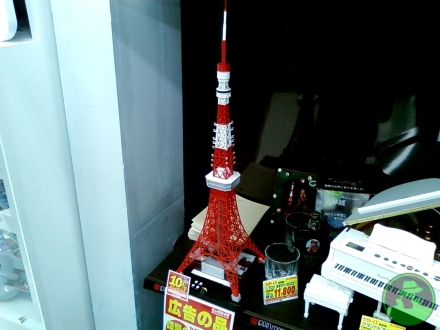This weekend just gone, I was fortunate enough to be able to buy a couple of DualShock 3 controllers for my PS3. I'd heard there might be severe shortages of the rumbling pad, but there were plenty of spares on the shelves of my local electronics shop in Kyoto on Launch Sunday.
The Dual Shock 3 is a solid, well-designed controller. And it rumbles along nicely with the demo of Gran Turismo 5 Prologue, shakes to Ratchet & Clank Future, and booms with Dynasty Warriors 6. It's also fully compatible with PS2 games when played on my 60GB (Japanese launch day) PS3, which is running version 2.00 of Sony's firmware, so Rez isn't completely soulless anymore.
It's a perfectly adequate piece of kit, then -- but nothing more. To hold the DualShock 3 is simultaneously comforting and massively underwhelming. It is, after all, essentially the same controller Sony had us using ten years ago. All that's really changed, other than some tweaks to the buttons, is the removal of the cable from previous versions -- but there are still plenty of cables around the back of the damn console, as wireless electricity remains just out of reach -- and the token addition of motion sensing, ostensibly just for the hell of it.
Innovation in hardware and accessories is still pushed by some Japanese manufacturers, but not in the same way as it was during the nineties, when a specialist controller seemed to launch in Japan every few months -- from Taito's Densha de GO! train levers, Power Shovel JCB sticks and Jet De GO! plane cockpits to Namco's quirky JogCon steering-wheel-of-a-pad and Konami's countless plastic musical instrument replicas.
And that was before Sega brought the unforgettable Dreamcast party in for the end of the century, followed by a tangled web of maracas, fishing rods and oversized Virtual On Twin Sticks. Even Microsoft's original Xbox had a slice of the leftovers, with Capcom releasing the monumental Steel Battalion controller to universal indifference.



